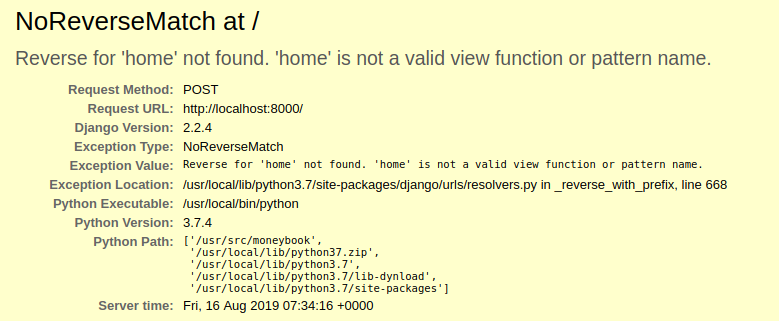this is a project for keeping records of debtors and their invoices.
In order to login the website with google account, authorization key and autharization secret token from google developer console must be set inside the project settings file.
SOCIAL_AUTH_GOOGLE_OAUTH2_KEY = '<client_id>'
SOCIAL_AUTH_GOOGLE_OAUTH2_SECRET = '<client_secret>'
To obtain client_id and secret, Go to the Google Developers Console and then click on create button. Enter project name e.g 'Django App'. Wait for a few seconds your project should be created.
On the right side there is credentials tab, select it.
Click on Create Credentials then OAuth Client ID. Select the application type Web app, Give any name of your choice and Enter any name in 'Product name shown to users' under OAuth Consent Screen tab.
Enter the following URI's in Authorized redirect URIs (or domain name instead of localhost)
http://localhost:8000/auth/complete/google-oauth2/
http://127.0.0.1:8000/auth/complete/google-oauth2/
Now click on library under the APIs and services tab and then search for google+, in the search results click on Google+ API and then click Enable.
Now, Copy the Client ID and Client Secret and paste it to settings.py.
If you will run the project in your local development environment instead of docker,
you should configure database connection settings inside settings.py.
docker compose file contains three images, theese are:
- the project's image (moneybook)
- postgresql 10
- pgadmin 4
If you don't think pgadmin will be necessary, you can delete it from compose file. In order to run project with docker, just run docker-compose,
docker-compose up
or to run detached from shell:
docker-compose up -d
and now the project should be accessible from http://127.0.0.1:8000
If you run docker-compose, pg admin shoud be running at http://127.0.0.1:5050.
To login pgadmin, username is [email protected] and the password is admin.
To connect project's database from pgadmin:
right click to servers, create,Server...
Give a name to db, like debtors etc. In the connection tab,
host name: db, port: 5432, username: postgres and the password is empty. Now you can connect to
database in the docker.
To stop docker compose:
docker-compose stop
To delete images:
docker-compose down
Python 3 is used for this project and it is required.
To create virtual environment:
If you don't have virtual environment package in your computer,
pip install virtualenv
To create virtual environment in the project,
python3 -m virtualenv venv
A virtual environment for python3 should be created. In order to activate it,
source venv/bin/activate
Now, to install required packages for the project:
pip install -r requirements
After the installation is finished, we need to make the database migration of the project.
python manage.py migrate
Now, project is ready to go! Just type
python manage.py runserver
The project api runs with token authantication. To obtain token to use api,
open the website in the browser, navigate to API page, and Get Api Key.
You need to send this api key with each request in the header.
Authorization: Token <api_key>
To make filtering and ordering to results, all parameters should be added to end of the endpoint. You can do sorting for the any field in the result set. For example:
<host_name>/api/v1/debtors/?first_name=foo&last_name=bar&ordering=email
to make ordering descending, put a minus sign:?ordering=-pk
If you don't want to get paginated response, just put limit at the end of url
<host_name>/api/v1/debtors/?limit=99999
Endpoint for the debtor api is:
<host_name>/api/v1/debtors/
available filters are:
- first_name
- last_name
- iban
- responsible_admin (pk of the user is required)
- invoice_count
- invoice_status
sample response:
{
"count": 1,
"next": null,
"previous": null,
"results": [
{
"cancelled_invoices": 0,
"email": "[email protected]",
"first_name": "John",
"last_name": "Doe",
"iban": "zLmHdZdTOnUsYbtOHcYfSvzYbCRvxPcJJN",
"open_invoices": 0,
"overdue_invoices": 0,
"paid_invoices": 2,
"pk": 72
}
]
}
Endpoint for the invoice api is:
<host_name>/api/v1/invoices/
Available filters are:
- status
- amount
- due_date (YYYY-MM-DD)
- debtor_mail
sample response:
{
"count": 1,
"next": null,
"previous": null,
"results": [
{
"amount": "12.12",
"status": "OPEN",
"due_date": "2019-08-19",
"debtor": 1,
"debtor_email": "[email protected]"
}
]
}

